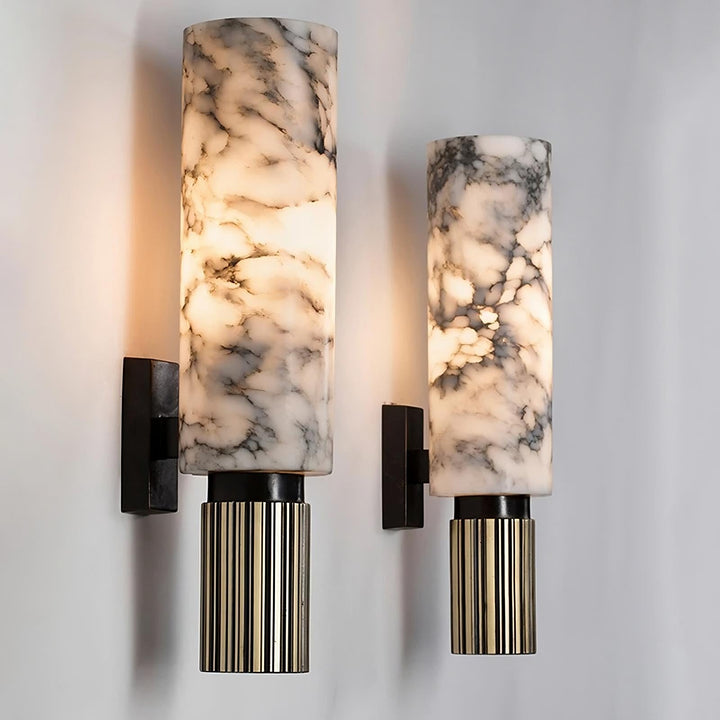Transform your space with elegantly crafted plaster wall lights that blend seamlessly into your decor while creating the perfect mood lighting for any room. Whether you’re renovating your home or simply looking to upgrade your lighting fixtures, plaster wall lights offer a sophisticated solution that combines functionality with stunning aesthetic appeal.
Understanding Plaster Wall Lights
Plaster wall lights represent a perfect marriage of form and function in interior lighting design. These fixtures, crafted from a sophisticated blend of fibreglass powder and plaster mixture, have gained significant popularity in modern British homes. Their appeal lies in their ability to become an integral part of your wall’s architecture, rather than appearing as mere additions. Studies show that integrated lighting solutions like plaster wall lights can increase property value by up to 3-5%, making them an excellent investment for homeowners.
The unique characteristics of plaster wall lights include their seamless integration with existing plasterwork, superior light diffusion properties, and the ability to be painted to match any wall colour. This versatility makes them particularly attractive for both period properties and contemporary spaces, where maintaining aesthetic cohesion is paramount.
Types of Plaster Wall Lights
- Cone Lights: Available in 20cm or 27.5cm heights, these contemporary fixtures offer directional lighting with various arm finishes
- Blend Interior Fixtures: Feature a paintable white plaster finish and are fully dimmable, compatible with modern LED bulbs
- Compton Wall Lights: Distinguished by their two-arm design extending to textured cups, constructed from cast Jesmonite and metal
- Tera Sconces: Handcrafted using wheel-thrown and slab construction techniques, measuring 6′ wide x 10′ high x 4′ deep
Choosing the Perfect Location
The strategic placement of plaster wall lights can dramatically enhance your room’s ambiance. When selecting mounting positions, consider the following key factors: room dimensions, existing natural light sources, and the intended purpose of the space. Interior designers recommend placing wall lights at approximately 1.7 metres from the floor and spacing them between 2.5 to 3 metres apart for optimal light distribution.
For living rooms and dining areas, consider creating layers of light by combining wall lights with ceiling fixtures. In bedrooms, position lights on either side of the bed at appropriate heights for reading. Hallways benefit from evenly spaced fixtures that provide consistent illumination throughout the space.
Installation Preparation
- Essential Tools:
– Wire strippers and electrical tester
– Spirit level and measuring tape
– Drill and appropriate drill bits
– Plaster repair materials
– Dust sheets and protective equipment - Pre-Installation Checks:
– Confirm wall construction and suitable fixing points
– Verify electrical circuit capacity
– Check local building regulations
– Ensure adequate power supply
Professional Installation vs DIY
While DIY installation might seem tempting, it’s crucial to understand that working with electrical fixtures requires specific expertise. According to recent safety statistics, 67% of electrical accidents in UK homes occur during DIY installations. Professional installation is recommended when dealing with new wiring, complex circuits, or if you’re unsure about any aspect of the installation process.
If you decide to proceed with DIY installation, ensure you’re familiar with current building regulations and obtain necessary certifications. For any work that involves creating new circuits or modifying existing ones, you’ll need to comply with Part P of the Building Regulations and may require sign-off from a qualified electrician.
Painting and Finishing
- Surface Preparation:
– Clean the plaster surface thoroughly
– Apply appropriate primer
– Sand gently between coats
– Use high-quality paint suitable for plaster - Painting Techniques:
– Apply thin, even coats
– Use a small roller or brush
– Allow adequate drying time
– Consider multiple light coats instead of one thick coat
Creating the Perfect Ambiance
The key to achieving the perfect ambiance lies in selecting the right combination of bulb type, colour temperature, and dimming options. LED bulbs are highly recommended for their energy efficiency and longevity, with modern LED options lasting up to 50,000 hours compared to traditional bulbs’ 1,000-hour lifespan. Choose warm white bulbs (2700K-3000K) for living spaces to create a cosy atmosphere, and cooler temperatures (4000K) for task-oriented areas.
Care and Maintenance
Proper maintenance ensures your plaster wall lights remain beautiful and functional for years to come. Regular dusting with a soft, dry cloth is essential. Avoid using harsh chemicals or abrasive materials that could damage the plaster finish. For deeper cleaning, use a slightly damp cloth and allow the surface to dry completely. Experts recommend inspecting fixtures annually for any signs of wear or damage to maintain their optimal condition.
Common Installation Mistakes to Avoid
- Poor Planning:
– Incorrect spacing between fixtures
– Inadequate support structure
– Improper wire routing - Technical Errors:
– Incorrect wiring connections
– Insufficient electrical capacity
– Poor surface preparation - Finishing Mistakes:
– Rush painting before proper curing
– Uneven surface treatment
– Inadequate sealing around fixtures
Conclusion
Plaster wall lights offer an elegant solution for homeowners seeking to enhance their interior lighting while maintaining architectural integrity. By carefully considering placement, installation requirements, and maintenance needs, you can create stunning lighting effects that transform your living spaces. Remember to prioritise safety and quality in both selection and installation, ensuring your investment provides beautiful, functional lighting for years to come.
FAQ
What anchors are best for plaster walls?
One of the best anchors for plaster walls is the molly bolt, a metal sleeve put into a hole drilled in the plaster. Molly bolts can hold a lot of weight since they are sturdy and reliable. They function by expanding under the plaster.
Does peel and stick work on plaster walls?
Before you start transforming your plaster walls with peel and stick wallpaper, it’s crucial to prepare the surface properly. The key to a successful application lies in a clean, smooth surface. The first step is to get rid of dust and dirt that may prevent the wallpaper from adhering properly to your wall.
Sources
[1] https://www.roseuniacke.com/article/plaster-cone-wall-lights-new-additions
[2] https://www.astrolighting.com/products/1439001-blend
[3] https://portaromana.com/products/compton_wall_light

